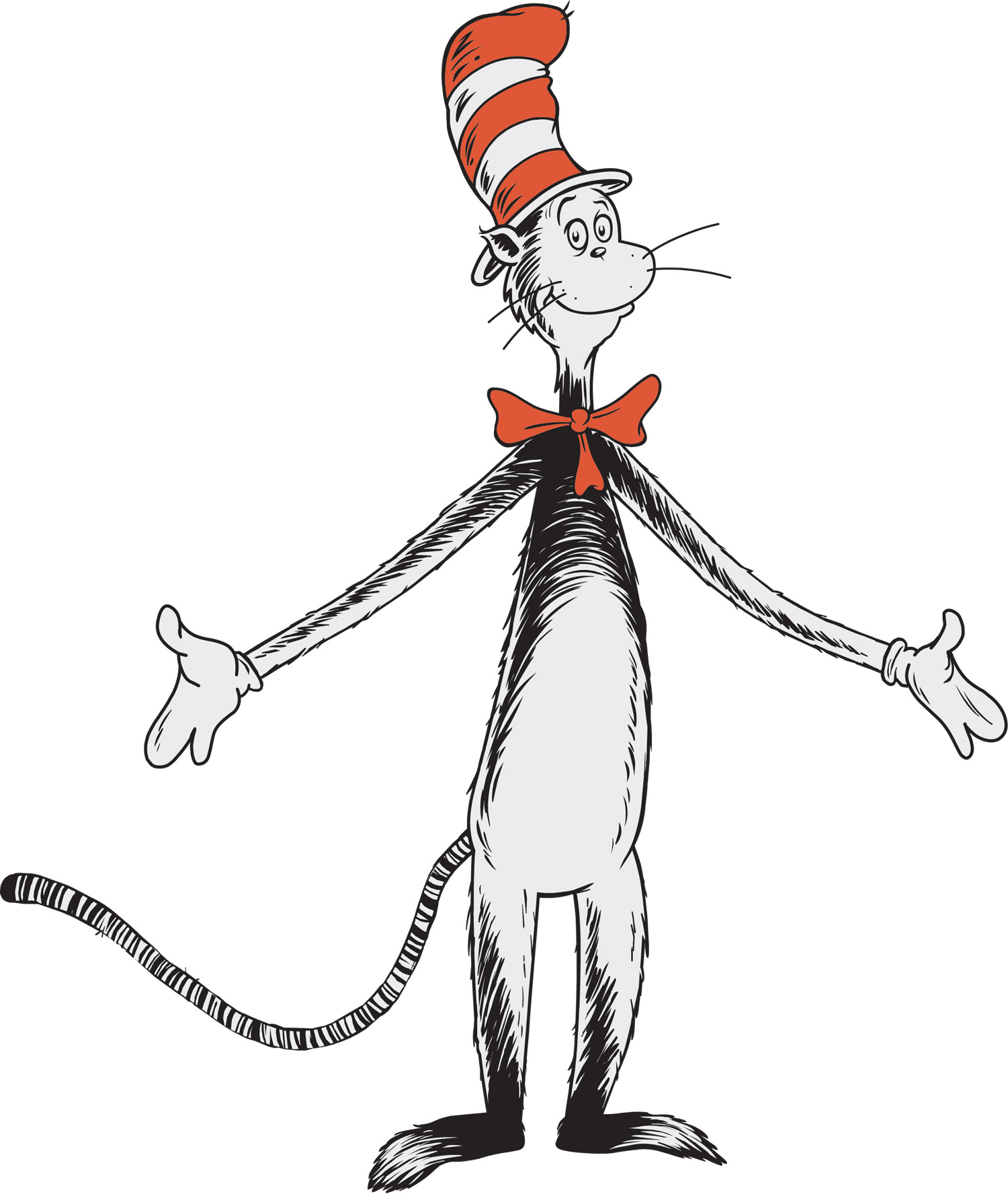
In particular, after the attack on Pearl Harbor, he made anti-Japanese cartoons, some of which took aim at Japanese Americans, and Seuss explicitly stated his support for the killing of " Japs". involvement in World War II, and criticizing both Nazi Germany and Japan. The cartoons ranged from the topics of opposition to the nationalist " America First" policy, support for U.S.

Seuss drew over 400 political cartoons for the New York newspaper PM, two years of which he was the chief editorial cartoonist (1941–1943). A 1929 cartoon for Judge magazine depicts white men browsing a department store, where they examine a crowd of stereotyped black people labeled as " niggers" for sale as high-grade firewood. From the late 1920s until the early 1940s, Seuss's cartoons (some made for advertisements) variously featured racist depictions of East Asians, Arabs and Muslims, black people, Mexicans, and Native Americans-in addition to misogynist themes. Seuss", published in 1928, features East Asian stereotypes lampooning Japanese people. While a student at Dartmouth College in the 1920s, Theodor Seuss Geisel drew cartoons for the campus's humor magazine, the Dartmouth Jack-O-Lantern, some of which contain anti-black racist and anti-Semitic elements. Seuss depicting Japanese Americans as sleeper agents ready to attack the United States from within following the attack on Pearl Harbor


 0 kommentar(er)
0 kommentar(er)
